I usually start my tour of the Imperial Palace from Tokyo Station on the JR Line, specifically from its Marunouchi Central Exit, if we have enough time to walk to the Palace from the station.
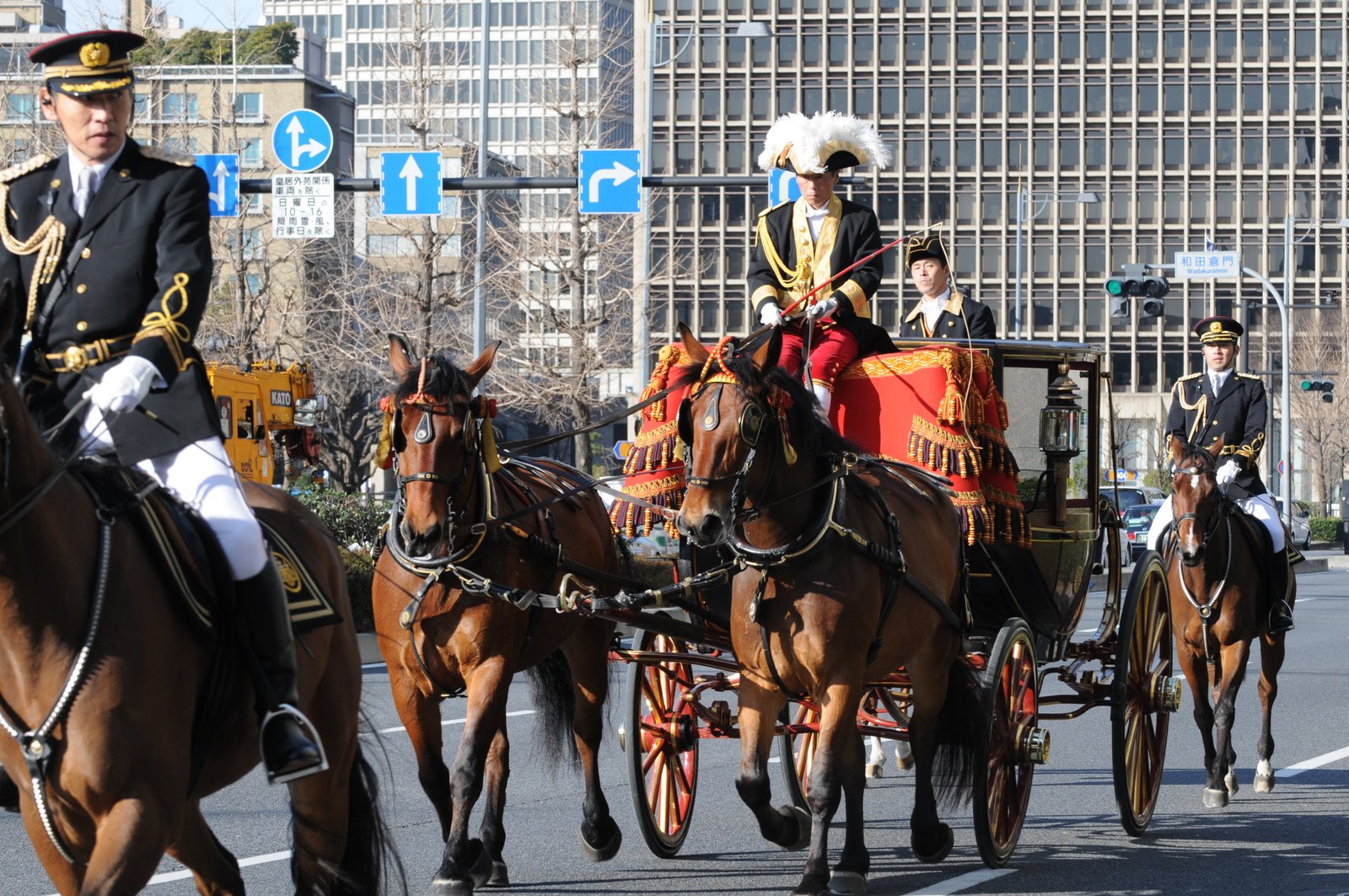
It’s because it is the starting point for the delegates of ambassadors on the royal carriage, who are newly appointed to their country’s Embassy of Japan. The central entrance of Tokyo Station will open on the day the ambassador visits the Imperial Palace to hand over their credential letter at the Ceremony of the Presentation of Credentials in the palace.
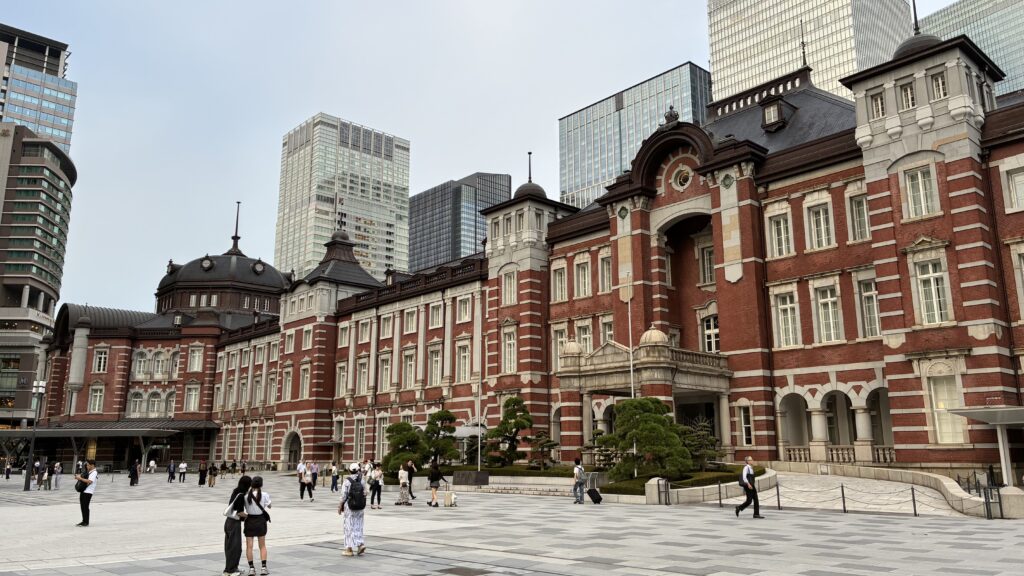
The balcony on the second floor of the central entrance was constructed specifically for the Taisho Emperor to deliver his speech for his Ceremony of Accession in November 1914. However, unfortunately, it was cancelled because his mother, the Empress Dowager of Shoken, passed away in April. Since then, no emperor has stood there to deliver a speech to the Japanese people.
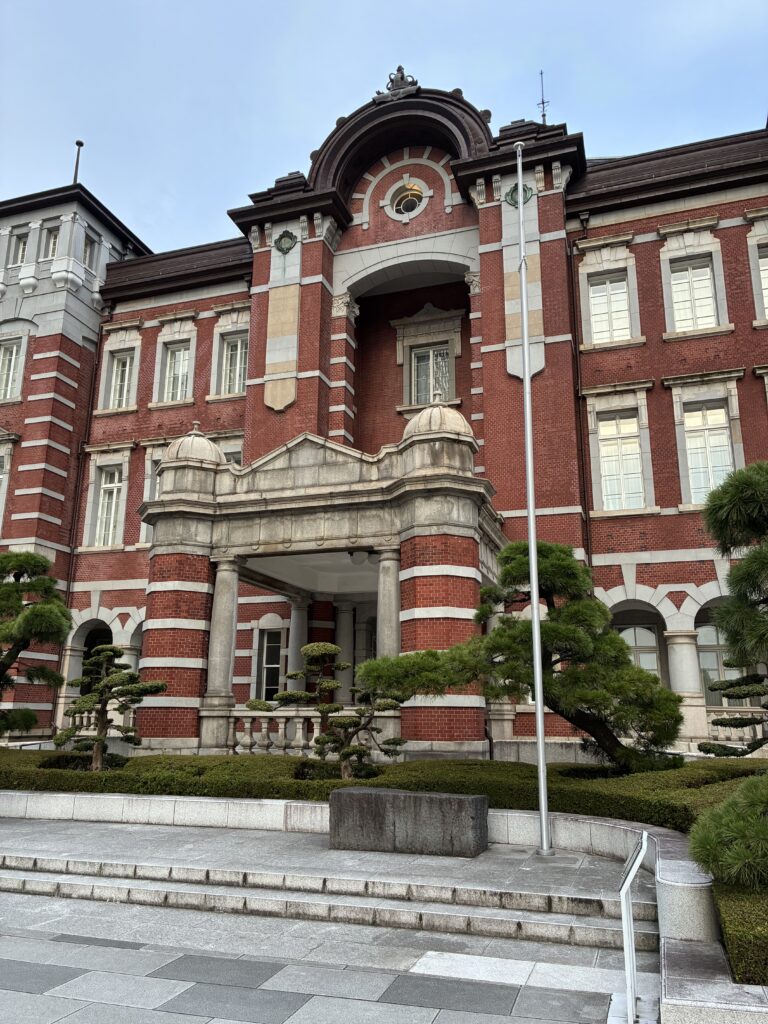
Please watch the video below, which shows the royal carriage arriving at Tokyo Station to give the ambassador a ride to the Imperial Palace. The carriage was escorted by the Royal Police Force on horseback and proceeded to the Palace. Finally, it went over the famous bridges in the Palace, the Nijubashi Bridges, to the inside of the Palace.
Now, let us start our ROYAL tour to the Imperial Palace by following the route of the royal carriage!
Of course, I will start it from the central exit like an ambassador, but before the tour, I would like to introduce you to the beautiful interior of the station. It’s a ceiling design of the south exit on the Marunouchi side.
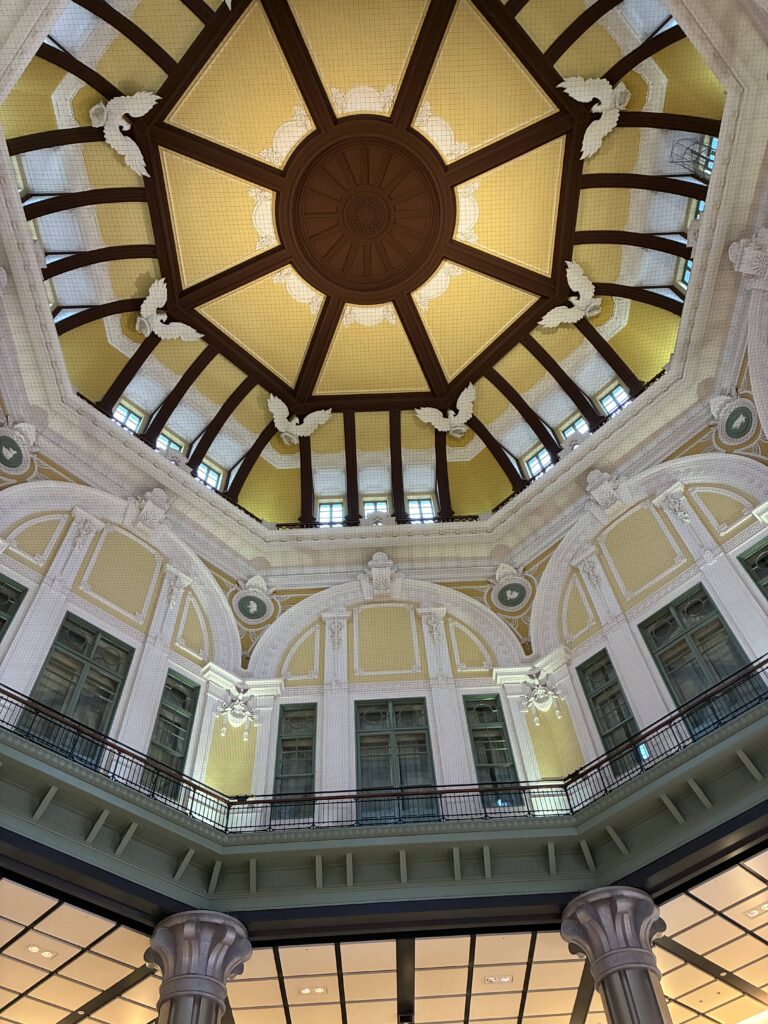
The dome structures on the south and north sides, which were severely damaged during World War II, were restored to their original design in the 2007 project. Eight eagles are spreading their 2-meter wings on the ceiling, and eight animals are on the gray circle plates beneath them. These animals came from the twelve animals of the year in the Japanese or Chinese zodiac calendar: a mouse, ox, tiger, rabbit, dragon, snake, horse, sheep, monkey, rooster, dog, and boar. But, due to the octagonal design constraints, four animals, a mouse, rabbit, ox, and chicken, were not featured there. Although it does not compete the Japanese zodiac, still I believe this design embodies an excellent fusion of Western and Japanese art and cultures.
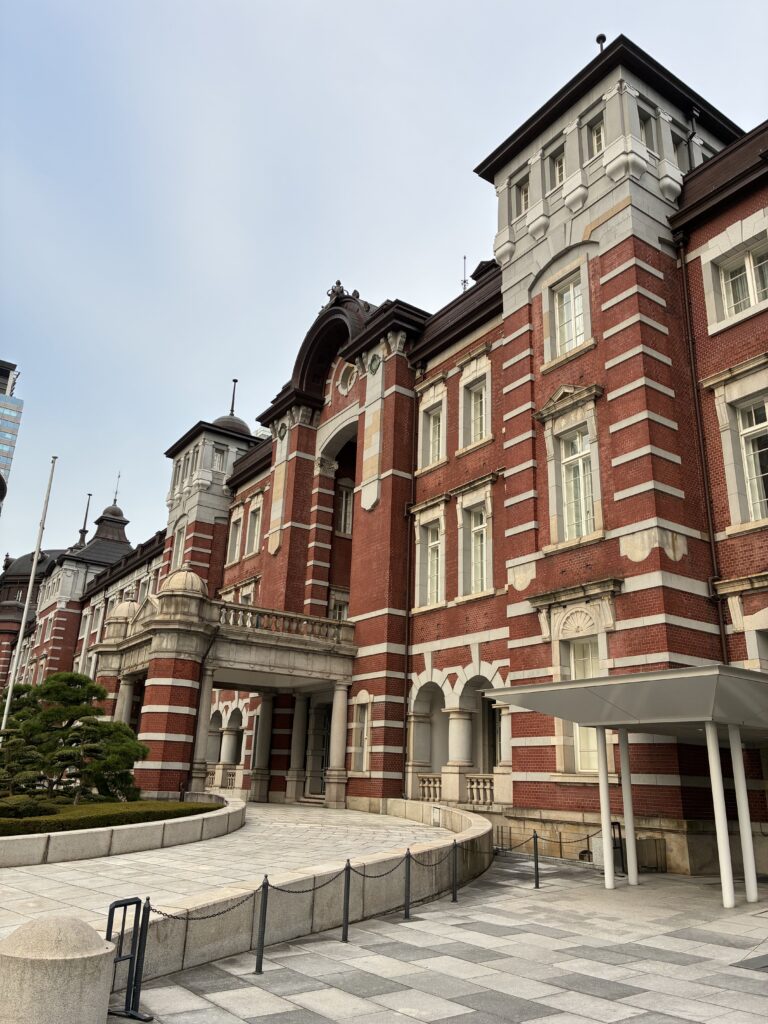
My tour began at the central entrance, heading east in the direction of the Imperial Palace. We walked straight, keeping the station building on our backs. We could see the Imperial Palace at the end of the street, the Miyuki Dori, also known as Gyokou Dori.
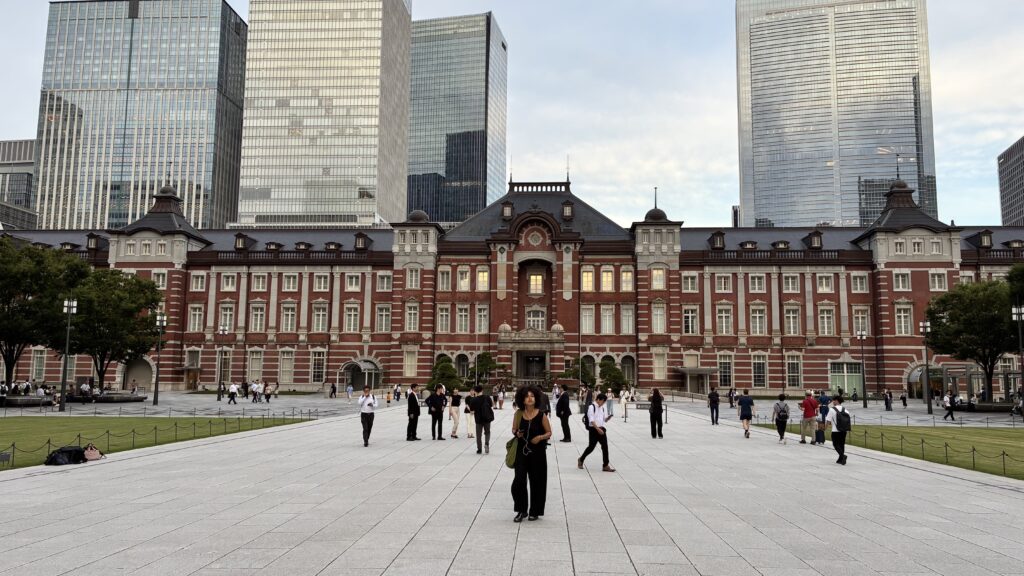
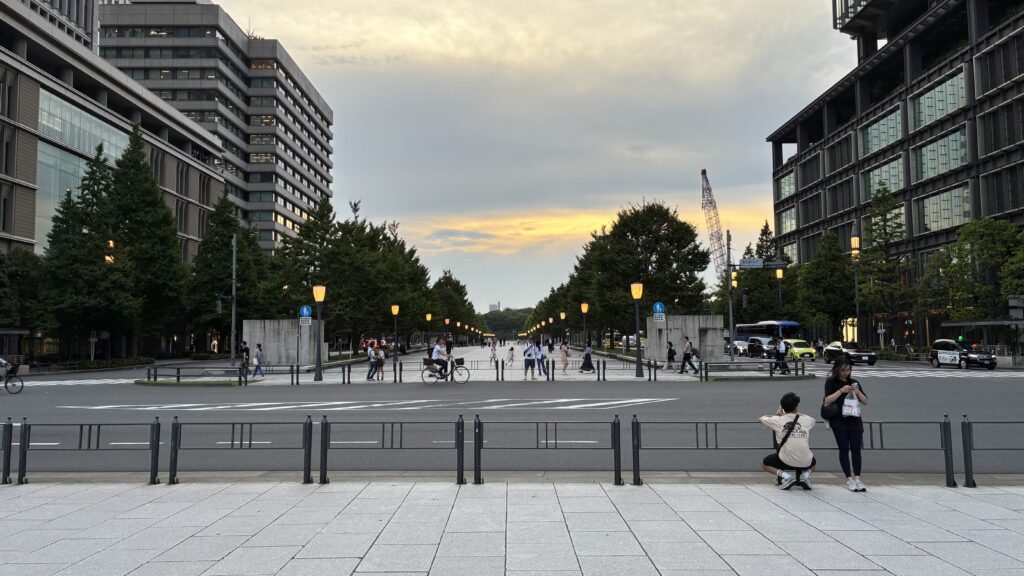
The Miyuki Dori has now become a popular bridal photo spot, where professional photographers take photos of the brides. On the day we visited, a couple in bridal dresses and suits had their photos taken on the street.

After about an 8-minute walk from the station, we reached the moat of the former Edo Castle, now the Imperial Palace. Visitors to Japan may have images of the Imperial Palace similar to those of Buckingham Palace in the UK, the Forbidden City in China, or the White House in the US. But no one can see the Imperial Palace from the outside because it is a two-story mansion with one basement behind a tall stone wall, which is the remains of the former Edo Castle.
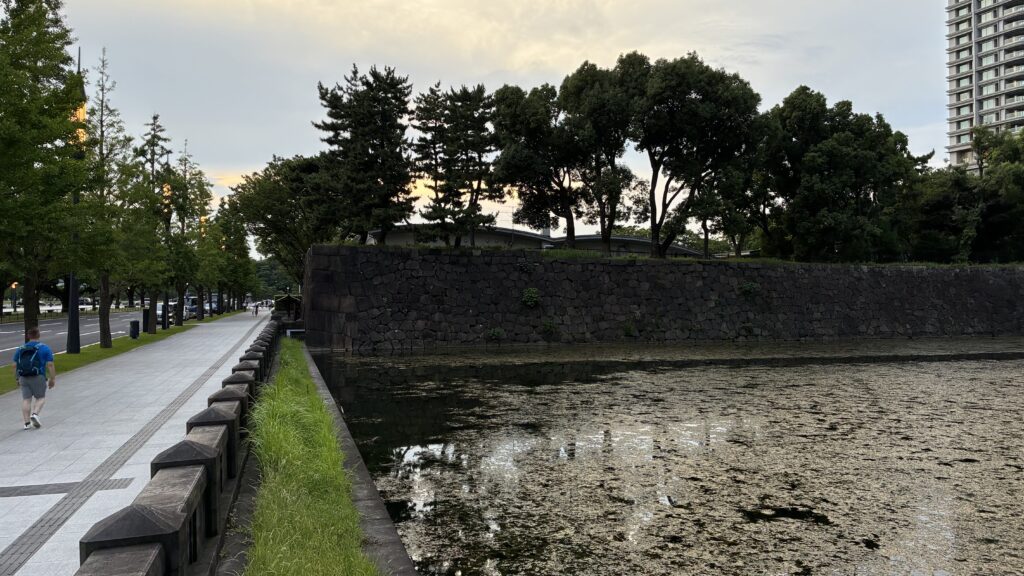
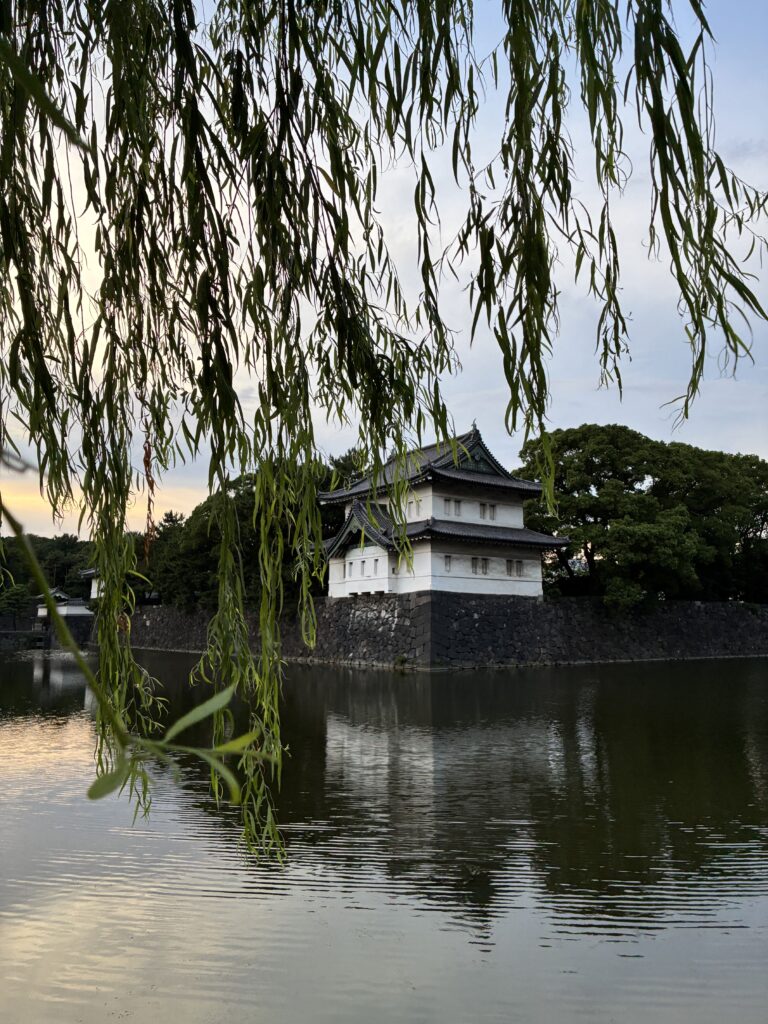
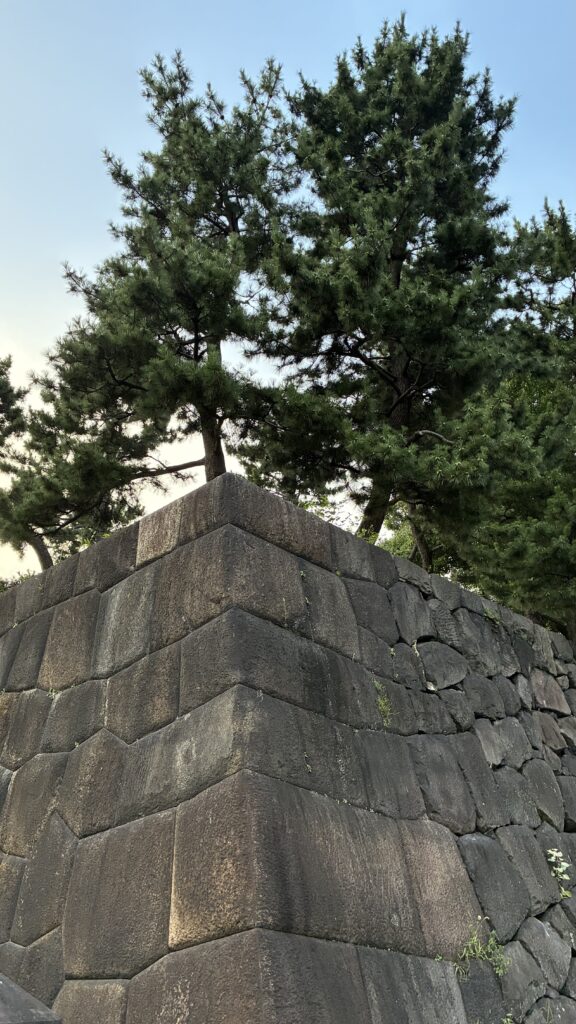
The first gate we encountered was Kikyo Mon, also known as Uchi Sakurada Mon, which was built in 1614. It was one of the main gates leading to the Honmaru, the castle’s central fort. Now it is used as a back gate to the palace.
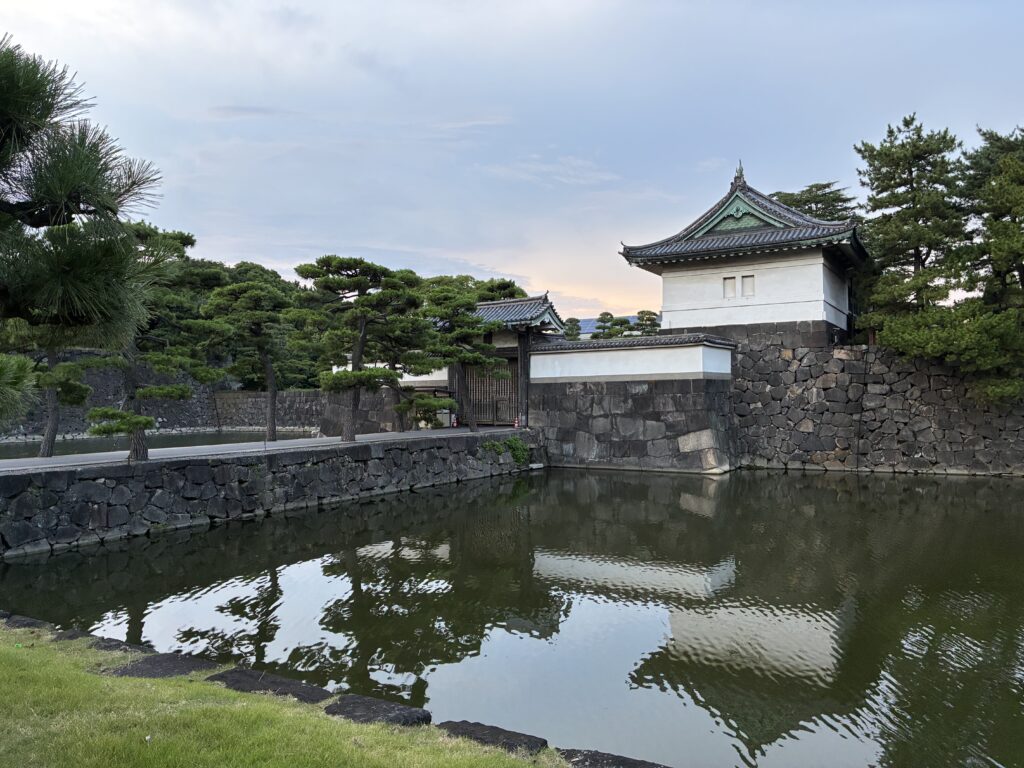
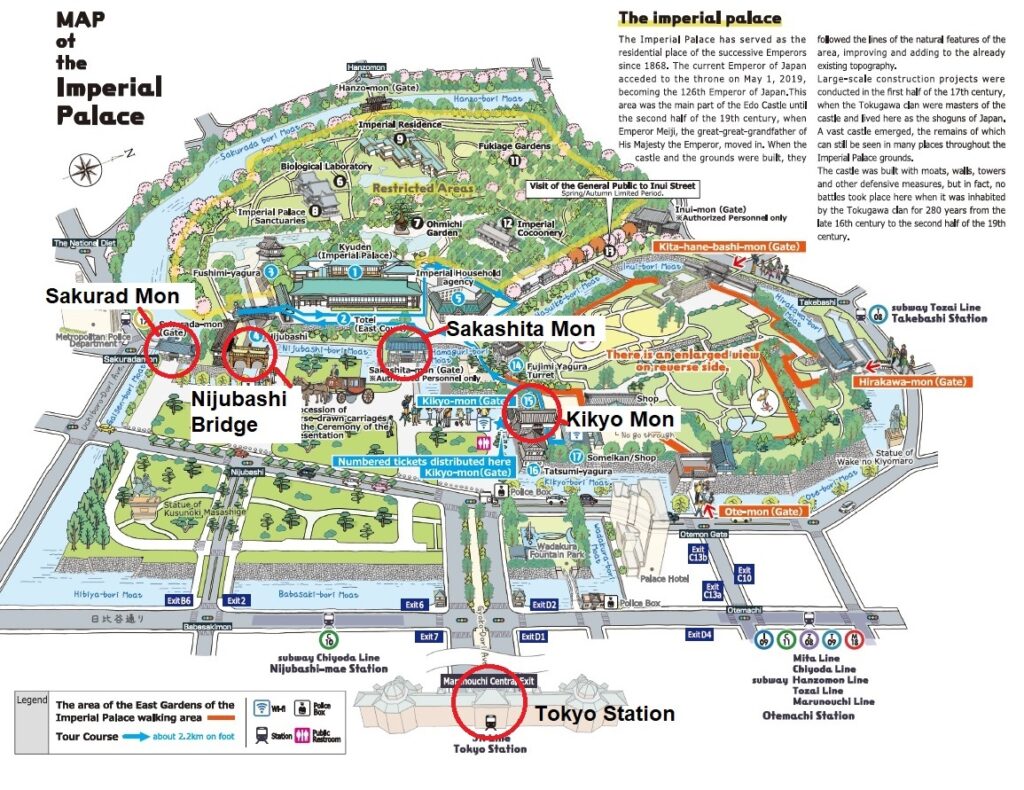
After the Kikyo Mon, we walked through the broad avenue in front of the massive stone wall until the second gate, Sakashita Mon. The royal carriage serving the ambassadors runs on this avenue toward the main entrance to the Palace.
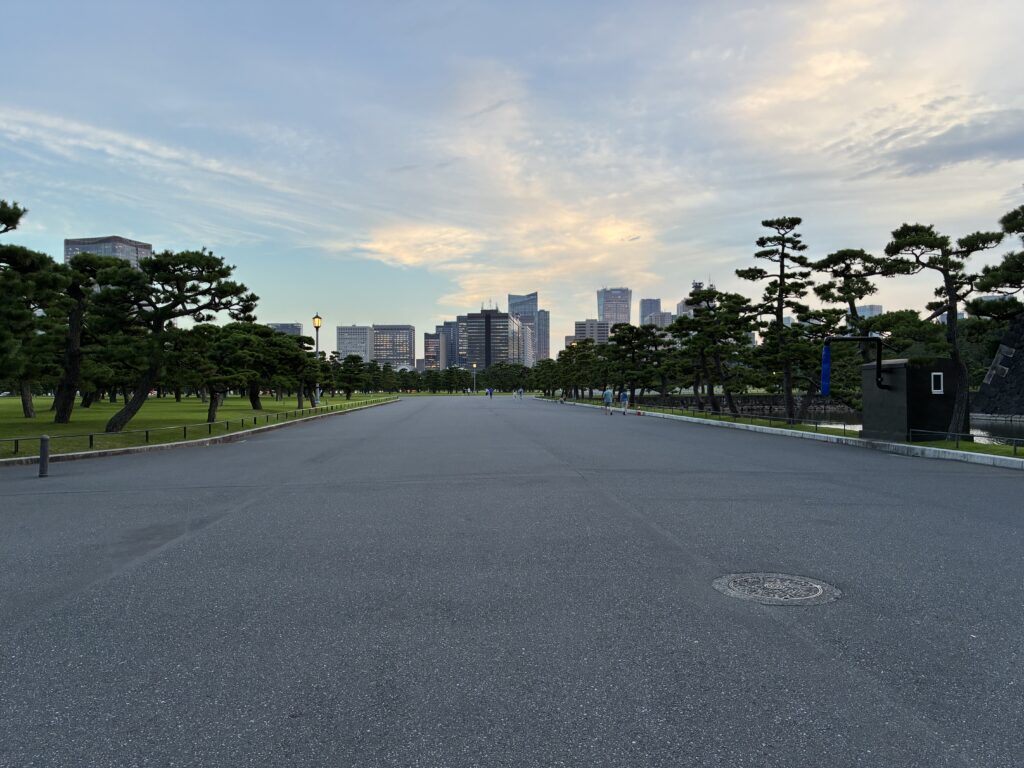
The Sakashita Mon was a gate leading to Nishinomaru, the Shogun’s residential area. Now it serves as the gate to the Imperial Household Agency (a building with a light green roof right to the Sakashita Mon), showing the agency officials walking in and out of the building through the gate.
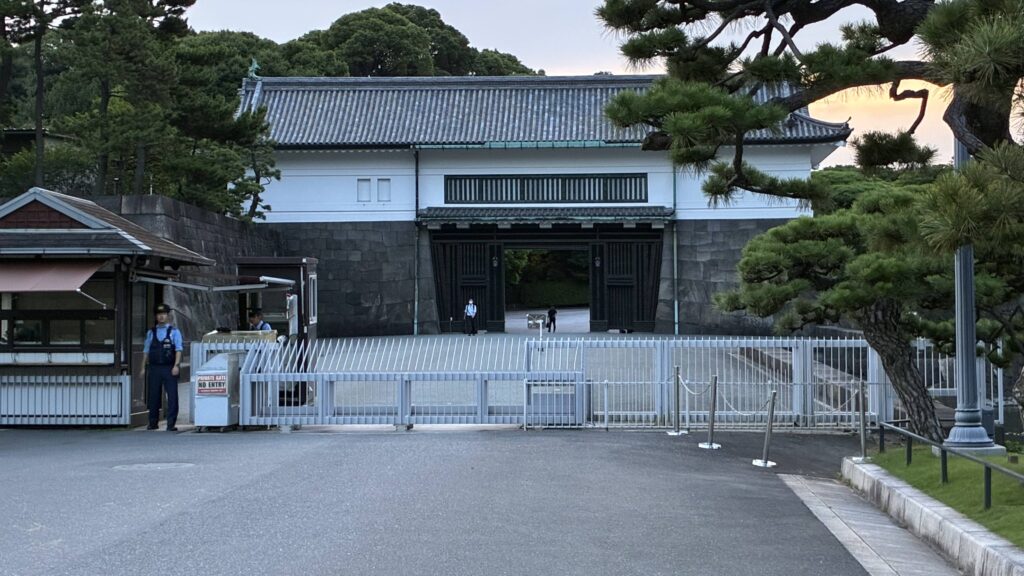
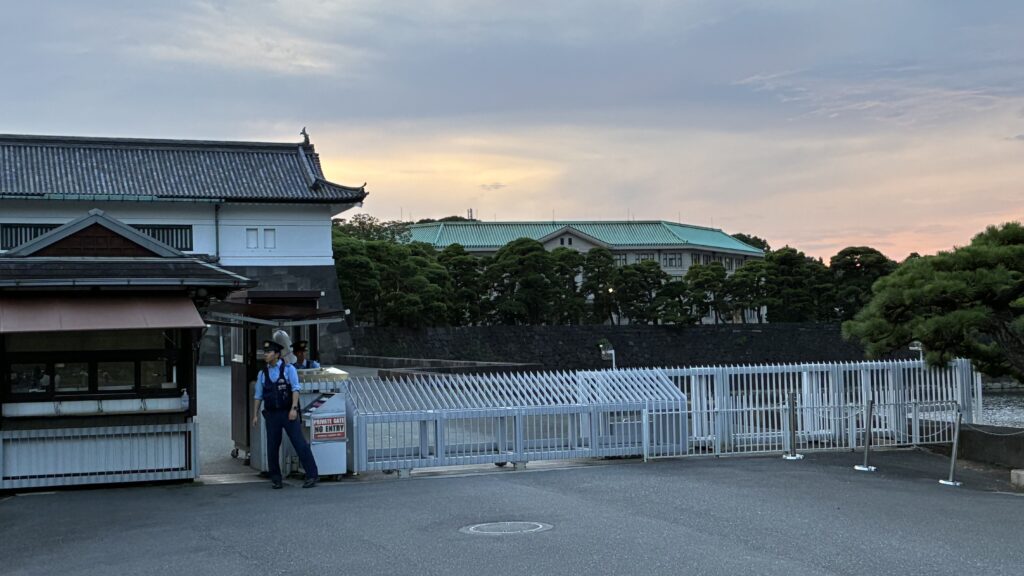
After the Sakashita Mon, we continued walking on the broad avenue until the Sei Mon, the main gate to the Imperial Palace. Unfortunately, we arrived there in the early evening when the gare area had already been cleared for security reasons.
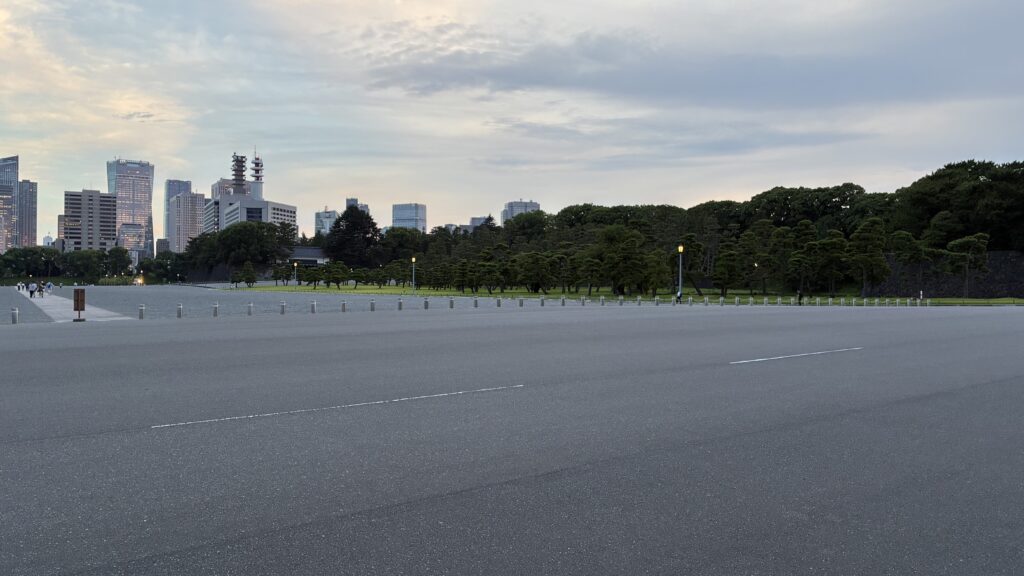
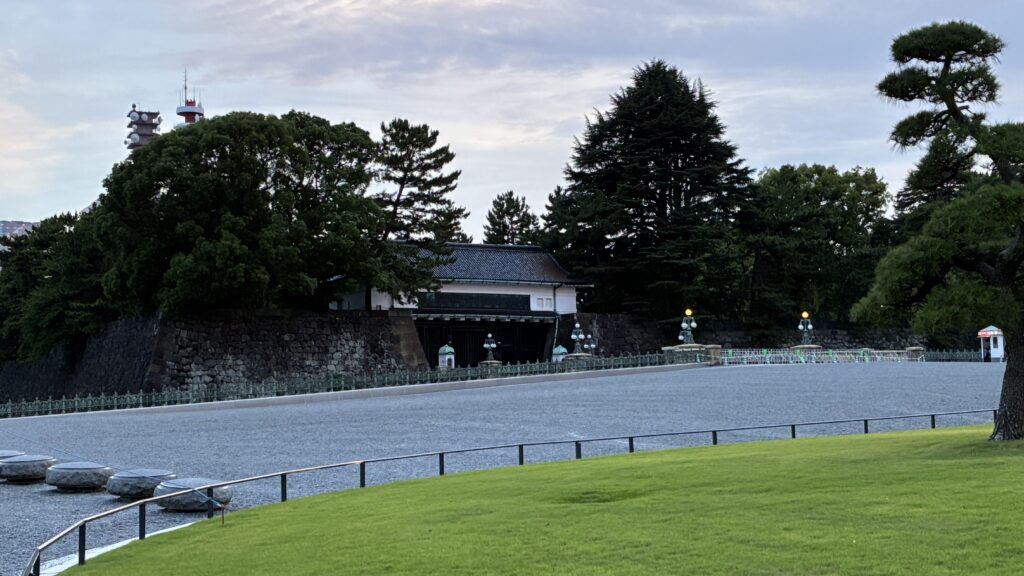
We took some photos of the Nijubashi Bridge, which is connected to the Sei Mon. The royal carriage of the ambassador runs on the bridge into the Sei Mon.
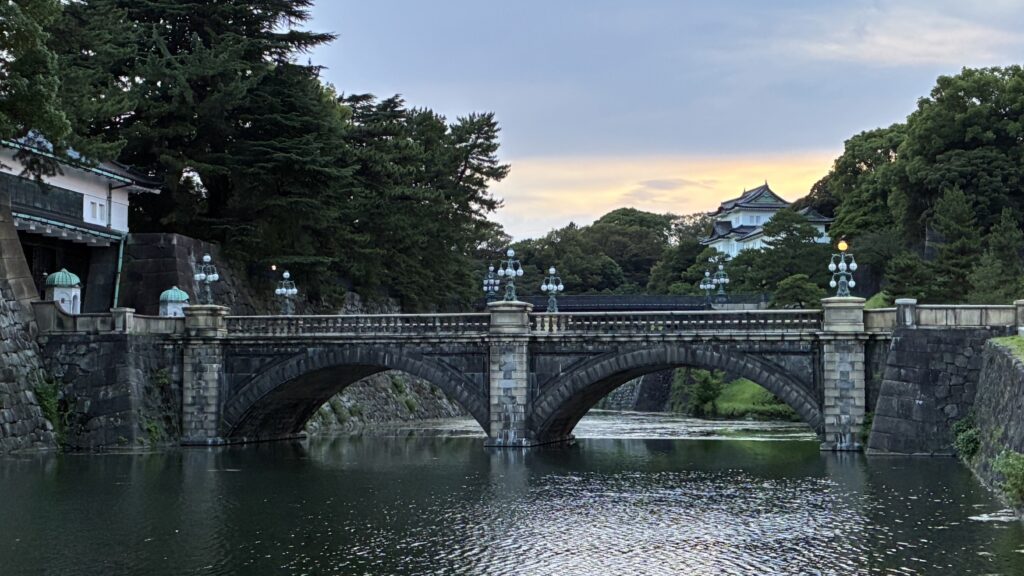
We continued walking to the left along the moat until we reached the Soto Sakurada Mon, also known as the Sakurada Mon. The gate has a typical structure called a Masugata, which changes the direction at a 90-degree angle after the outer gate to stop enemies for a while, allowing arrow or rifle shooters to easily aim at them.
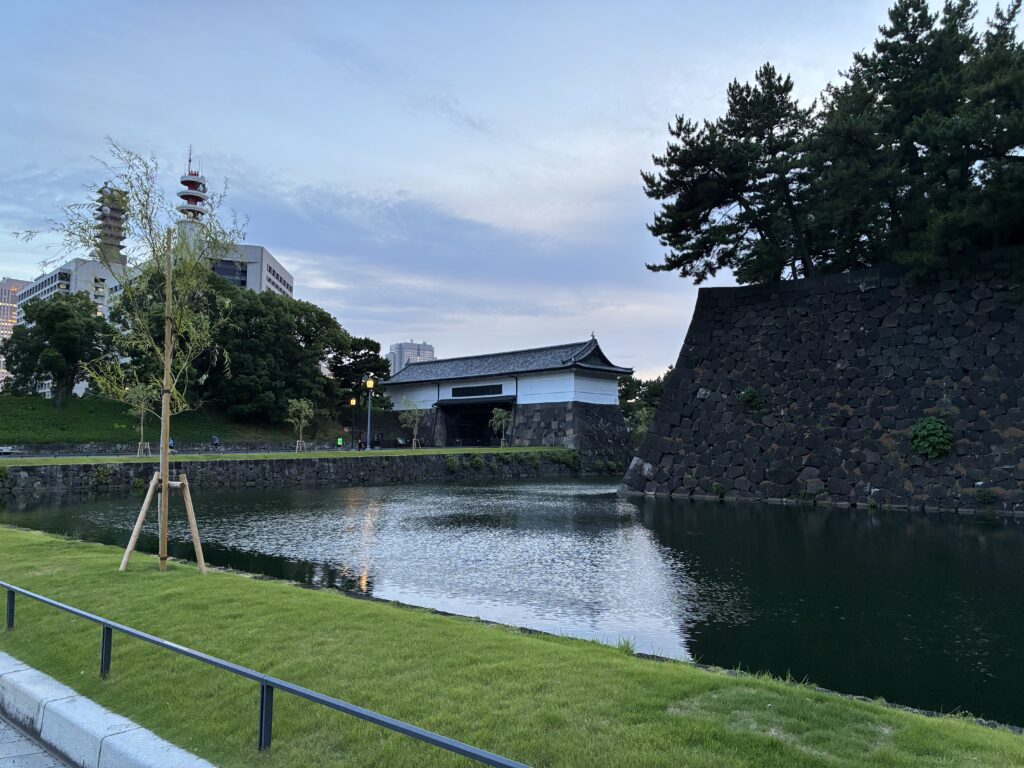
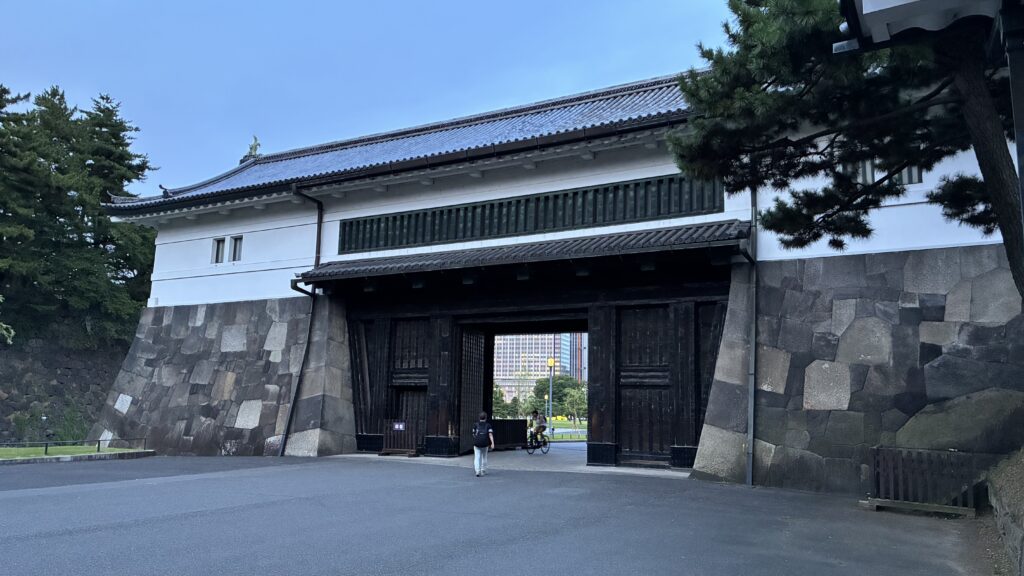
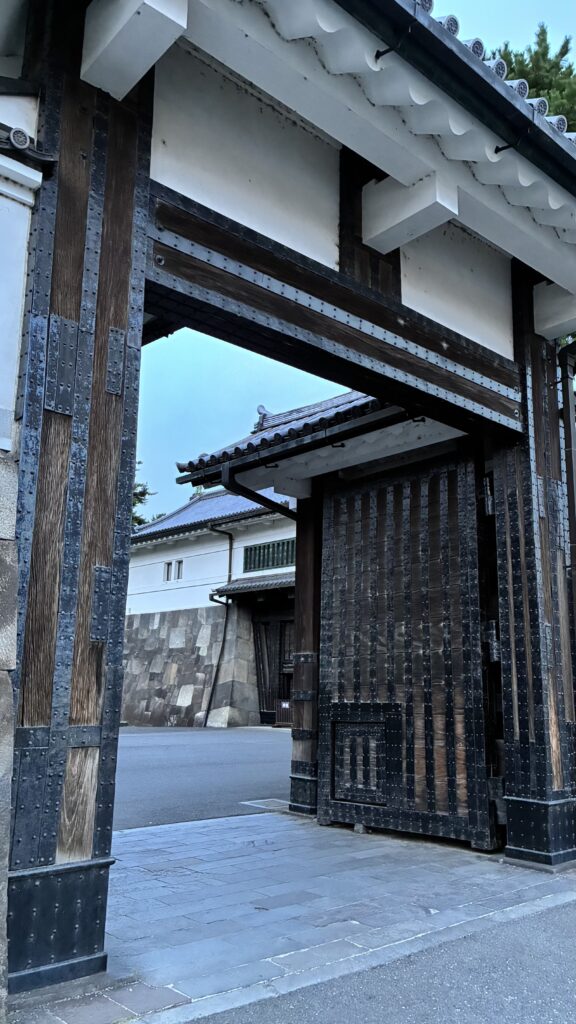
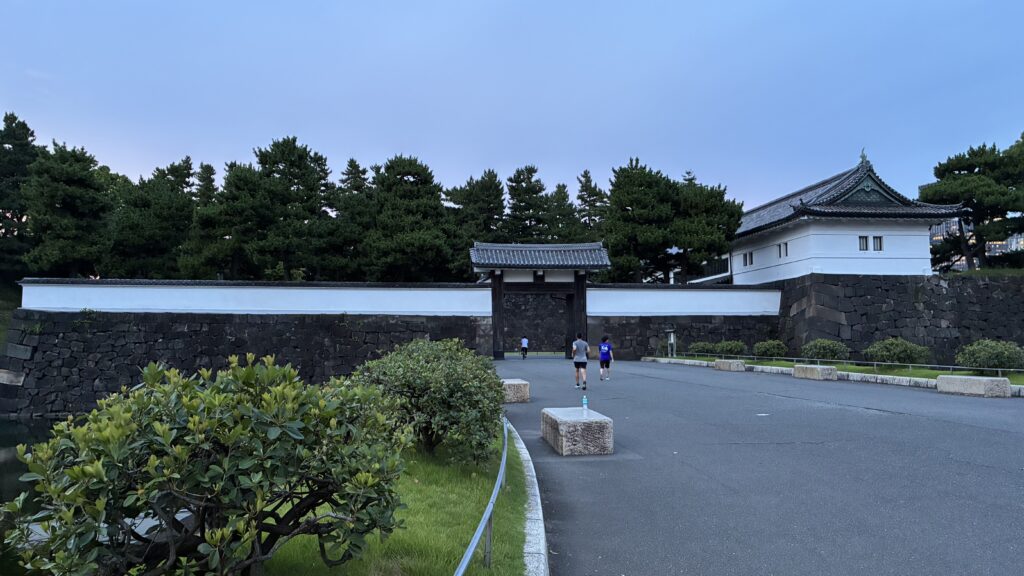
Just outside of the Sakurada Mon, there is the Sakurada Mon station on the Hanzomon Line, so got on the subway to move to the next destination.
Thank you for reading my blog post about Tokyo Station and the Imperial Palace. If you’re interested in these two sites, I can provide more details about them during my tour. Please contact me via the “Contact me!” box below. I will show you my tour plan and my guiding fee via email.
I post new content each month to share interesting experiences and amazing sites. Please click the links to stay updated on my X (formerly Twitter) and Instagram.
X (former Twitter): https://x.com/ToruGuide
Instagram: https://www.instagram.com/toruhigaki/
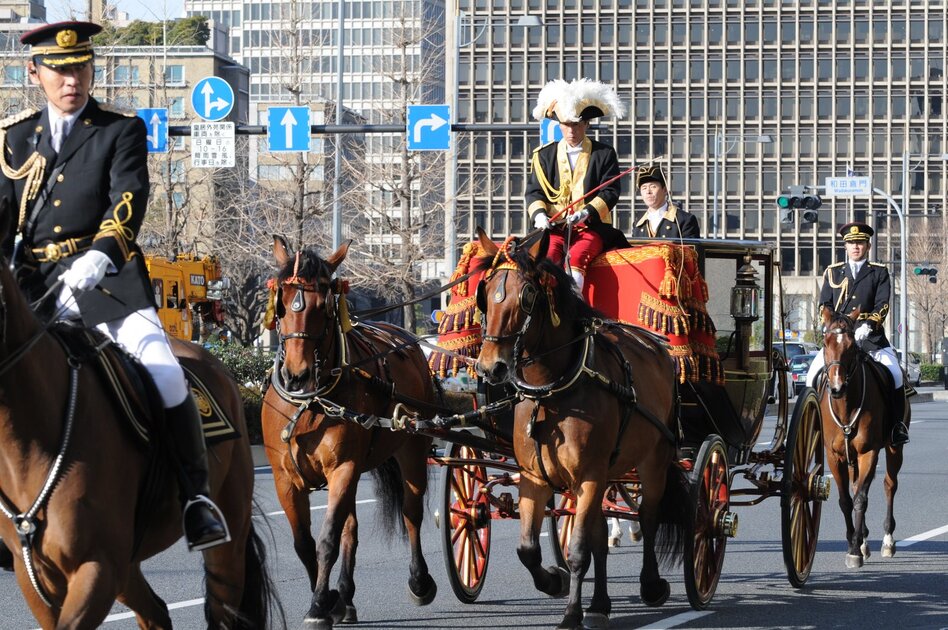


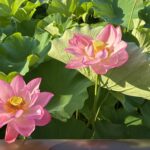
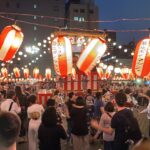
Comment